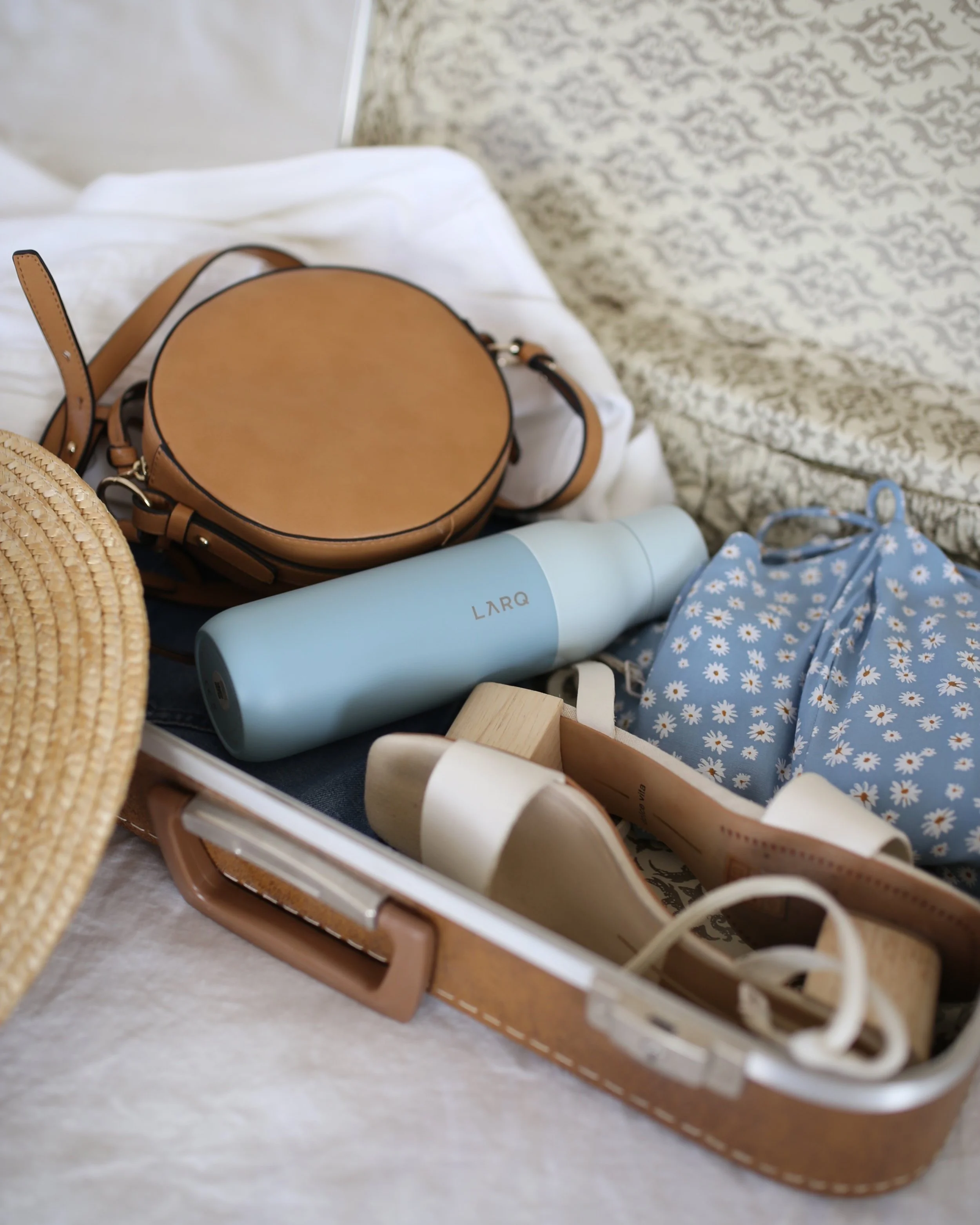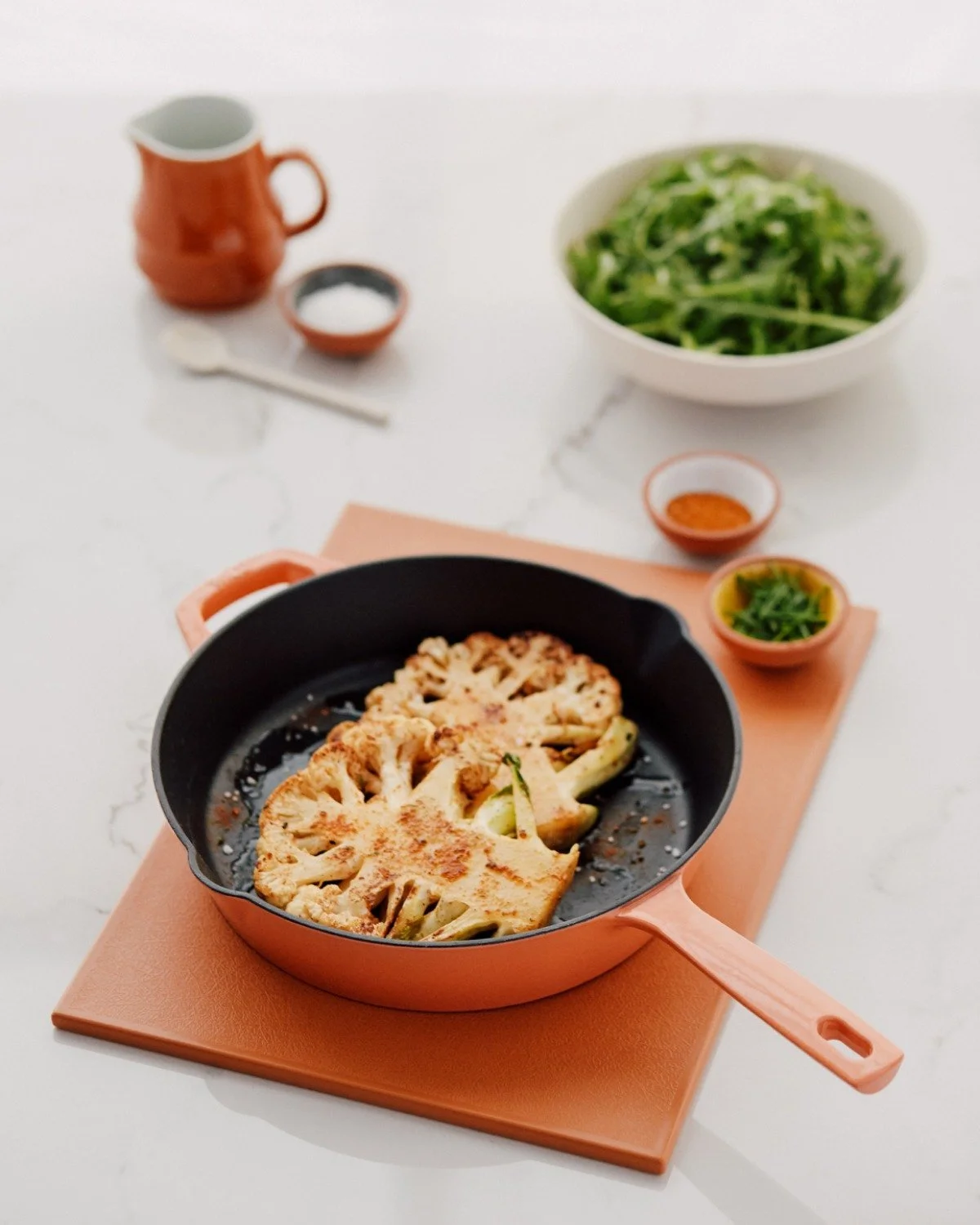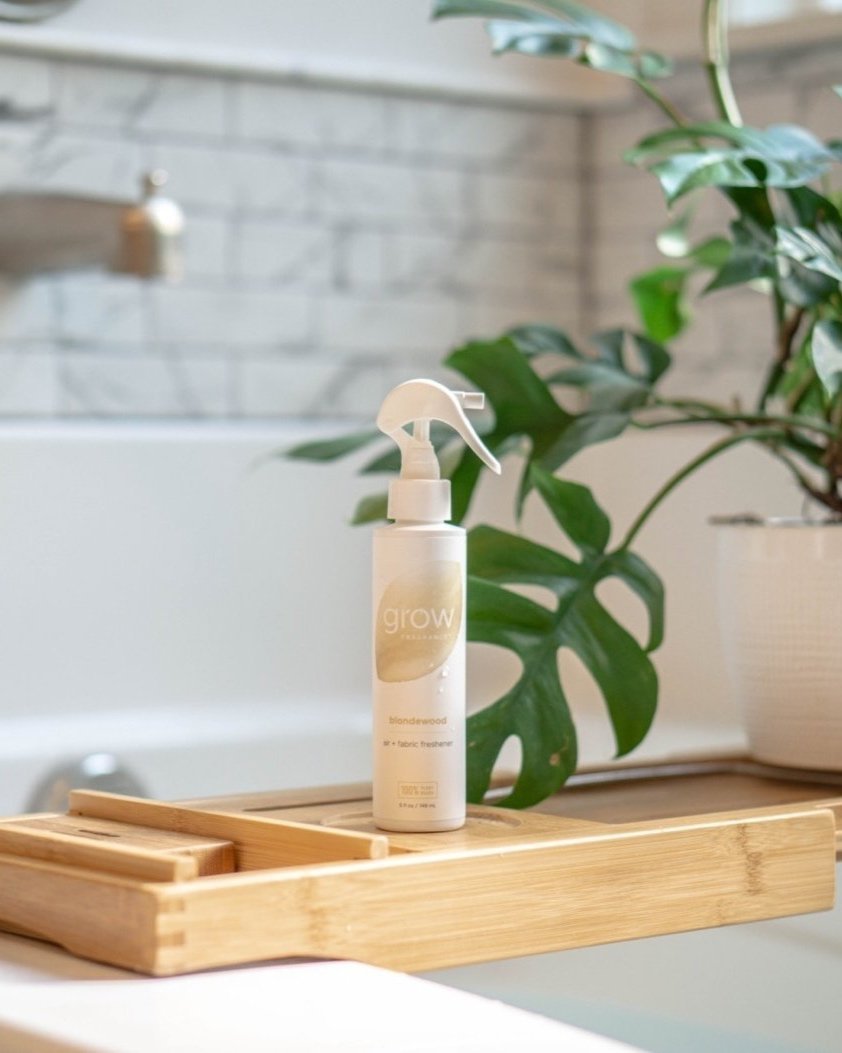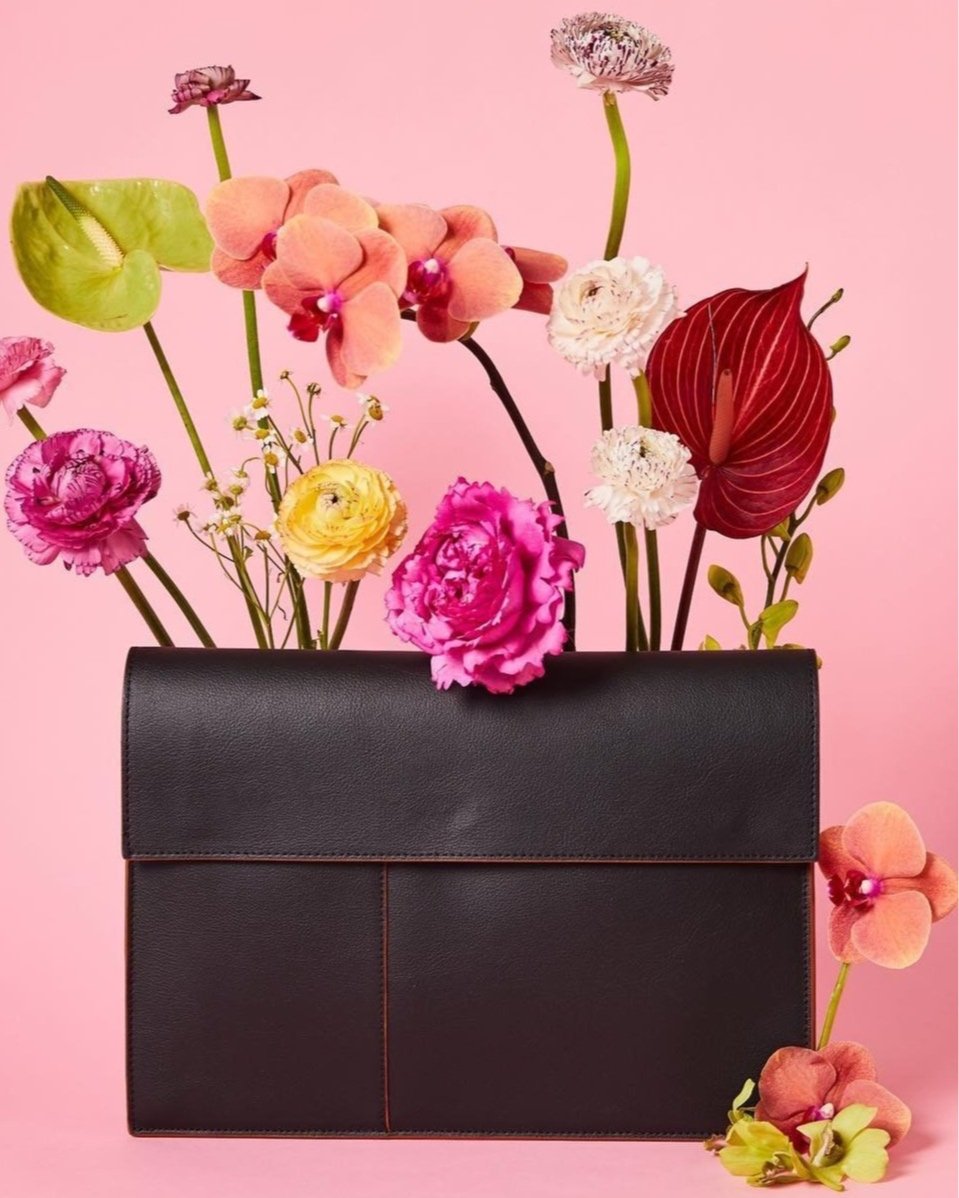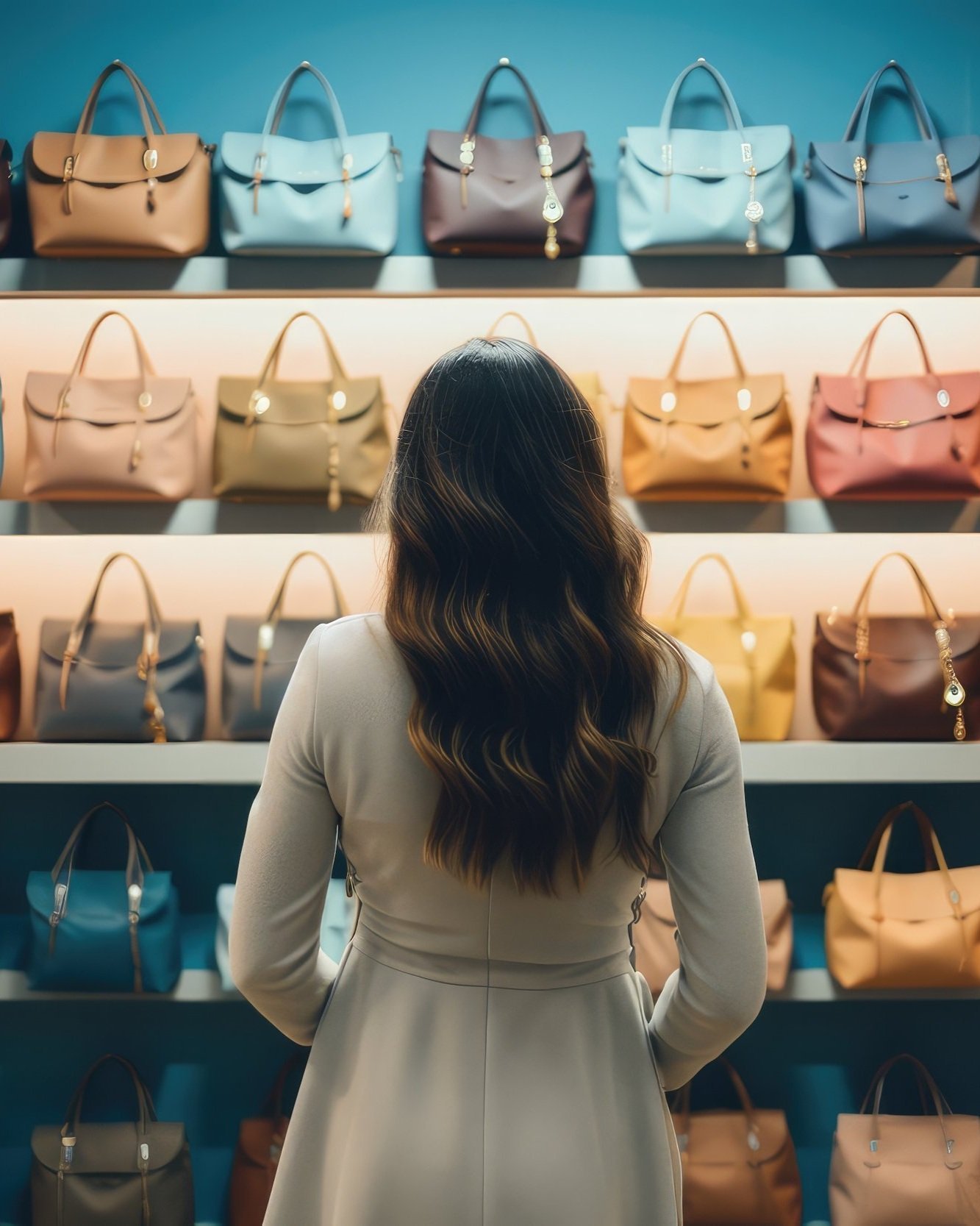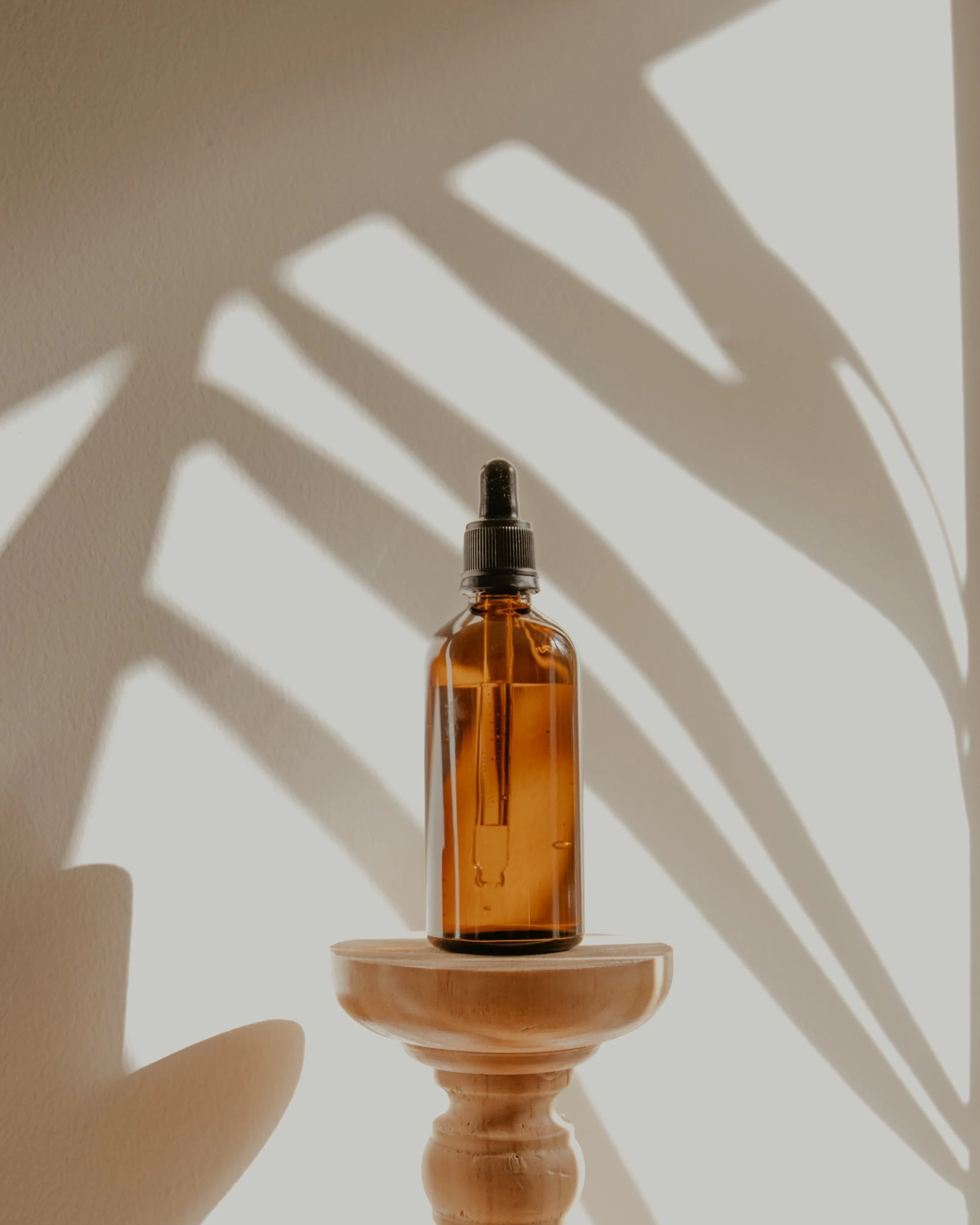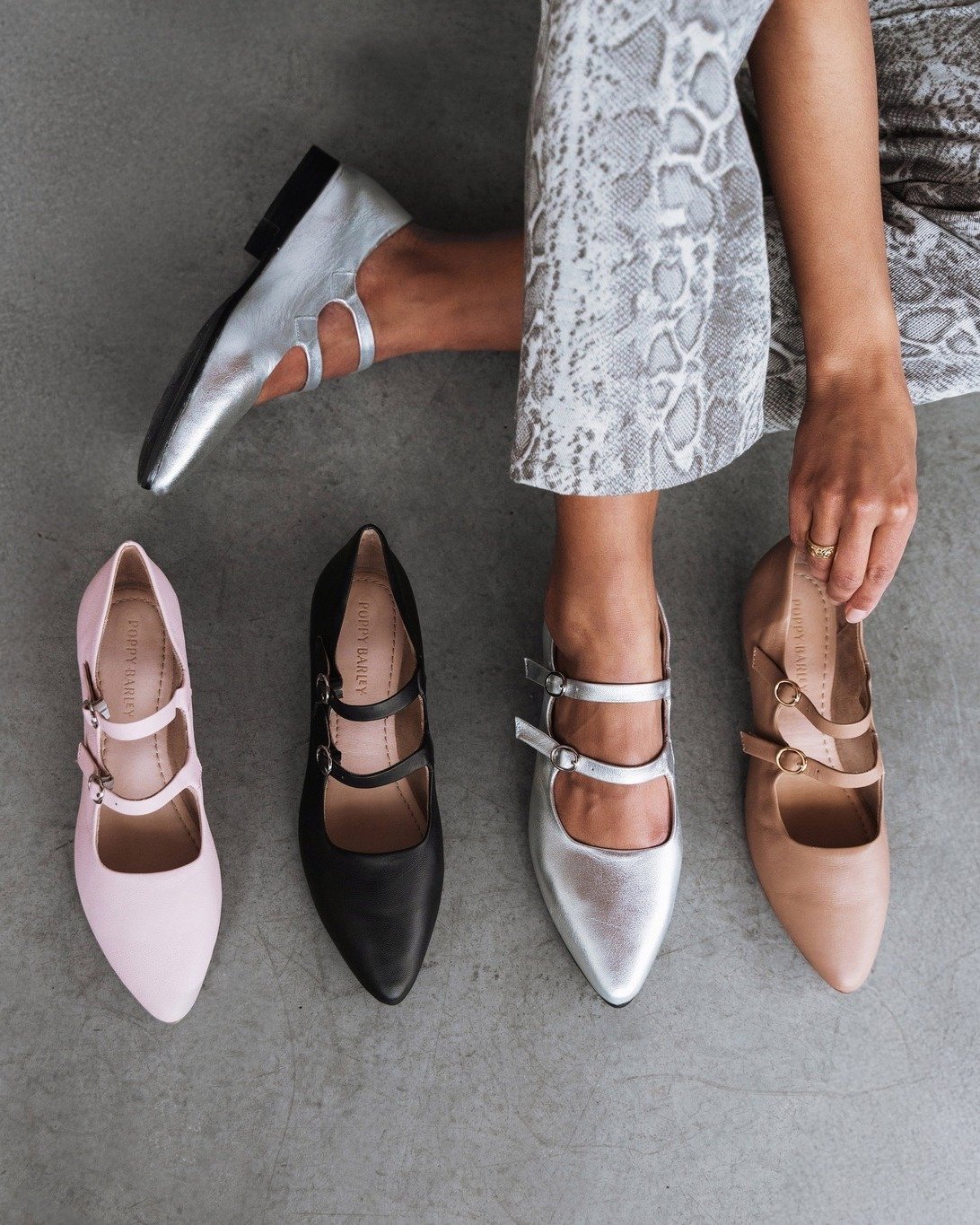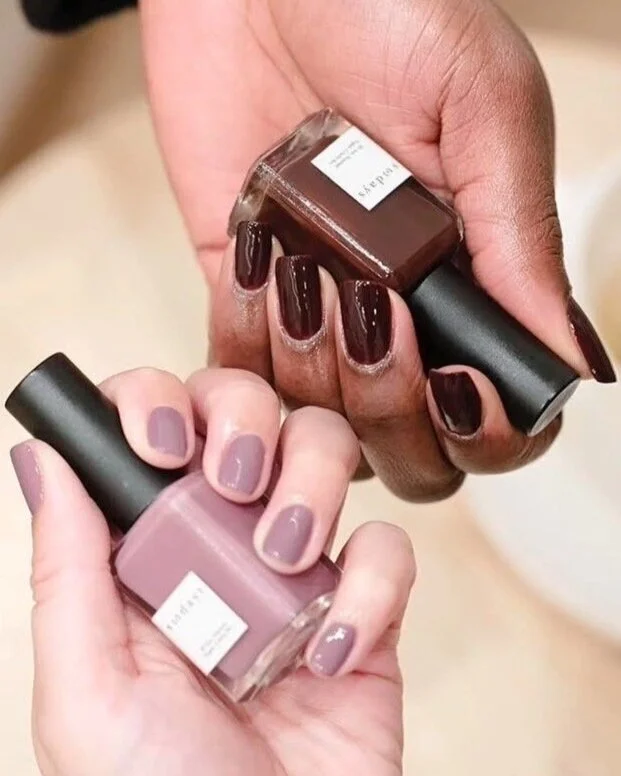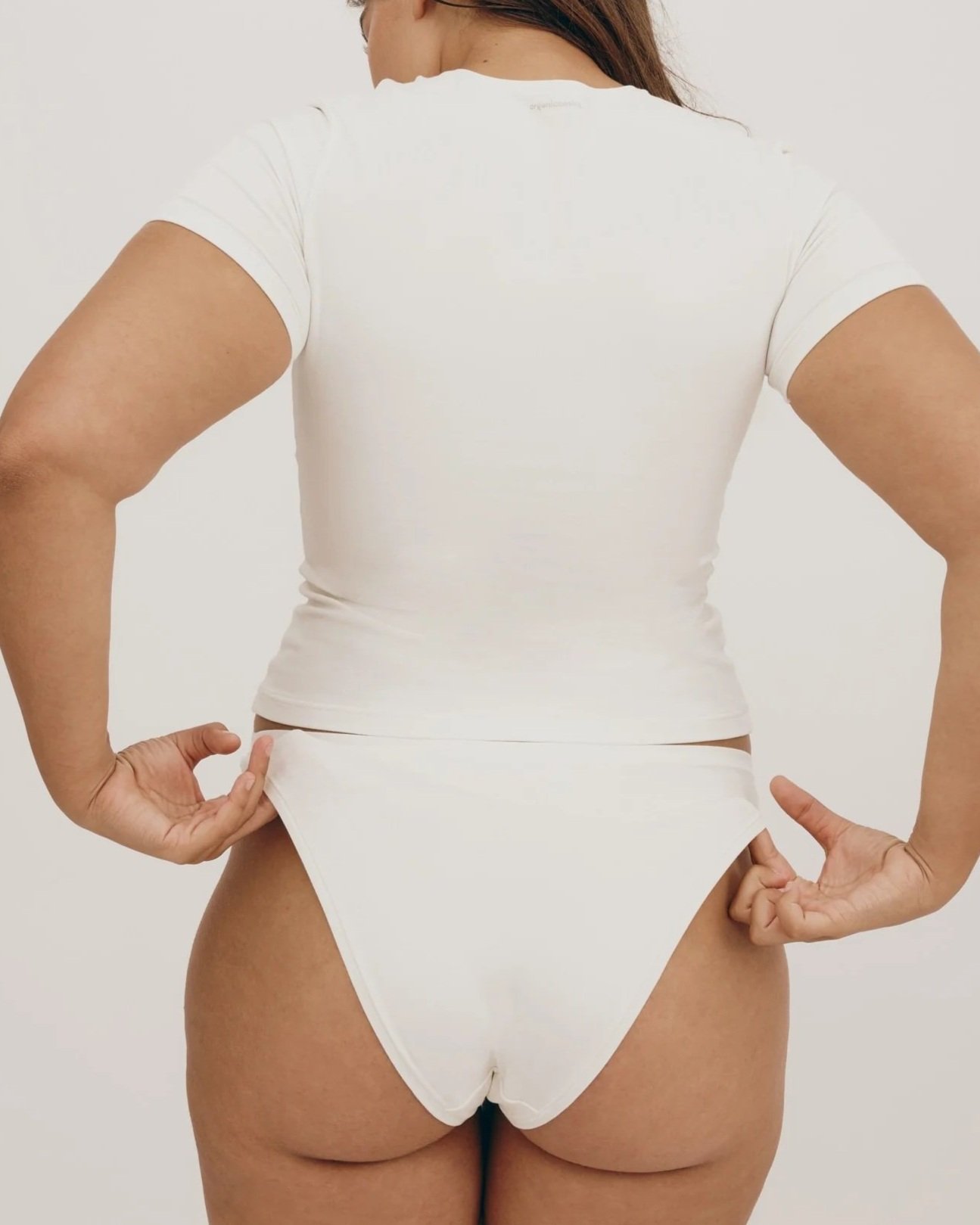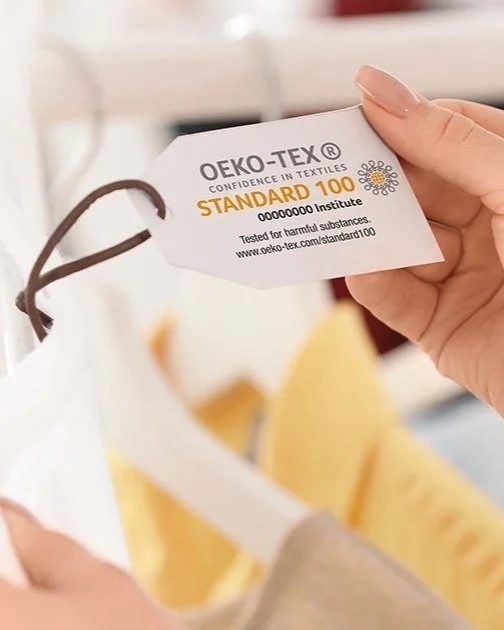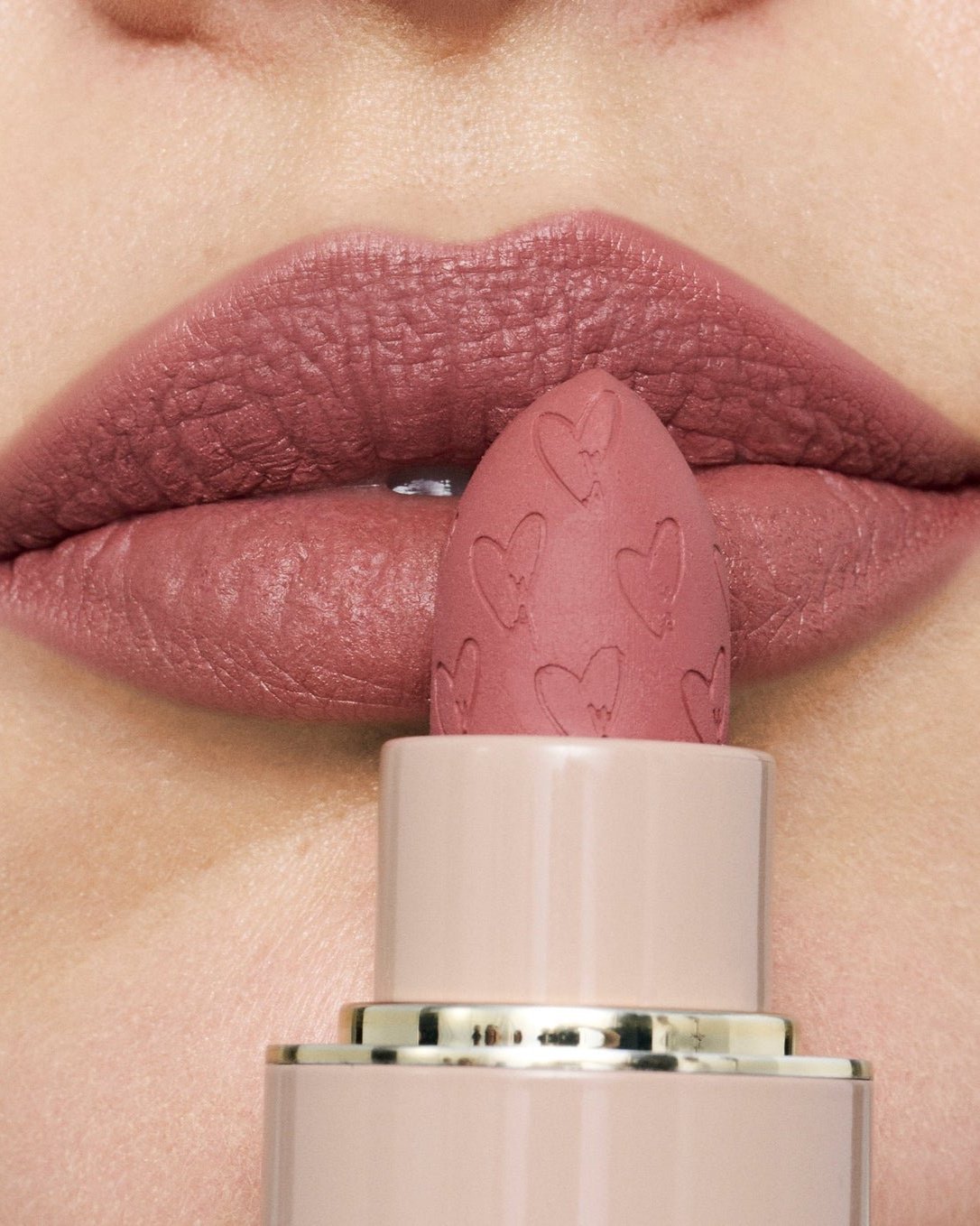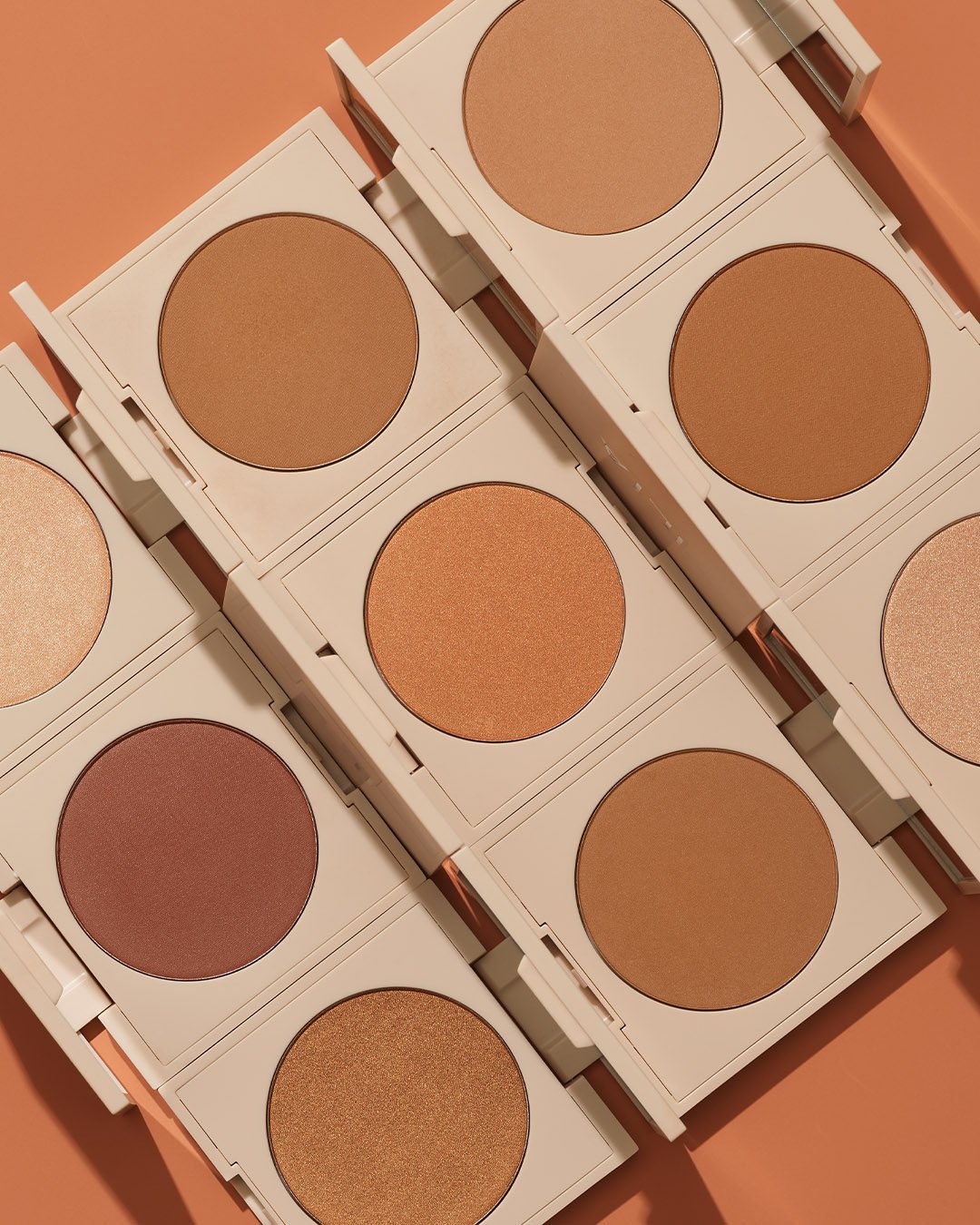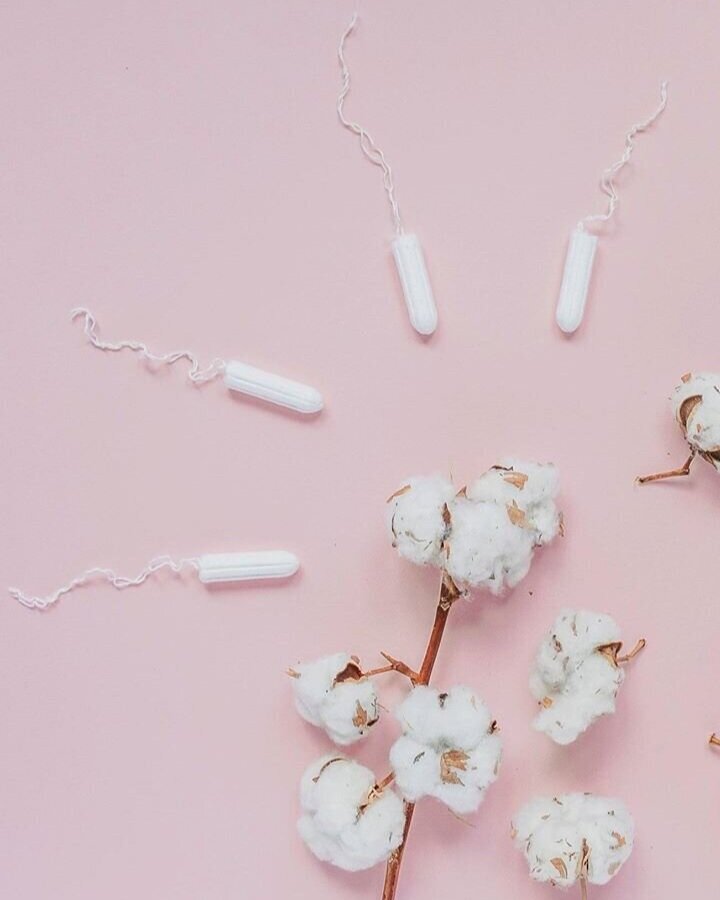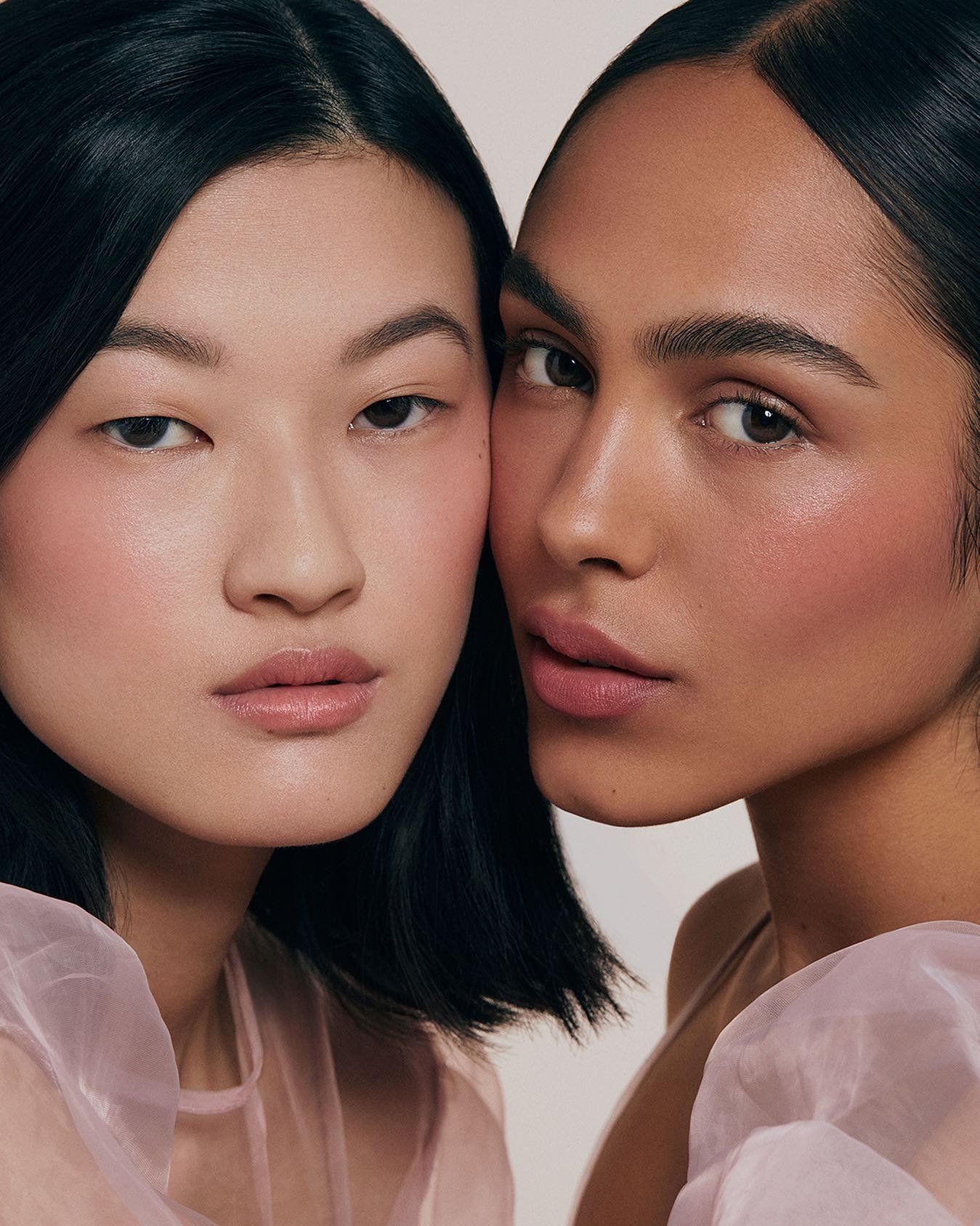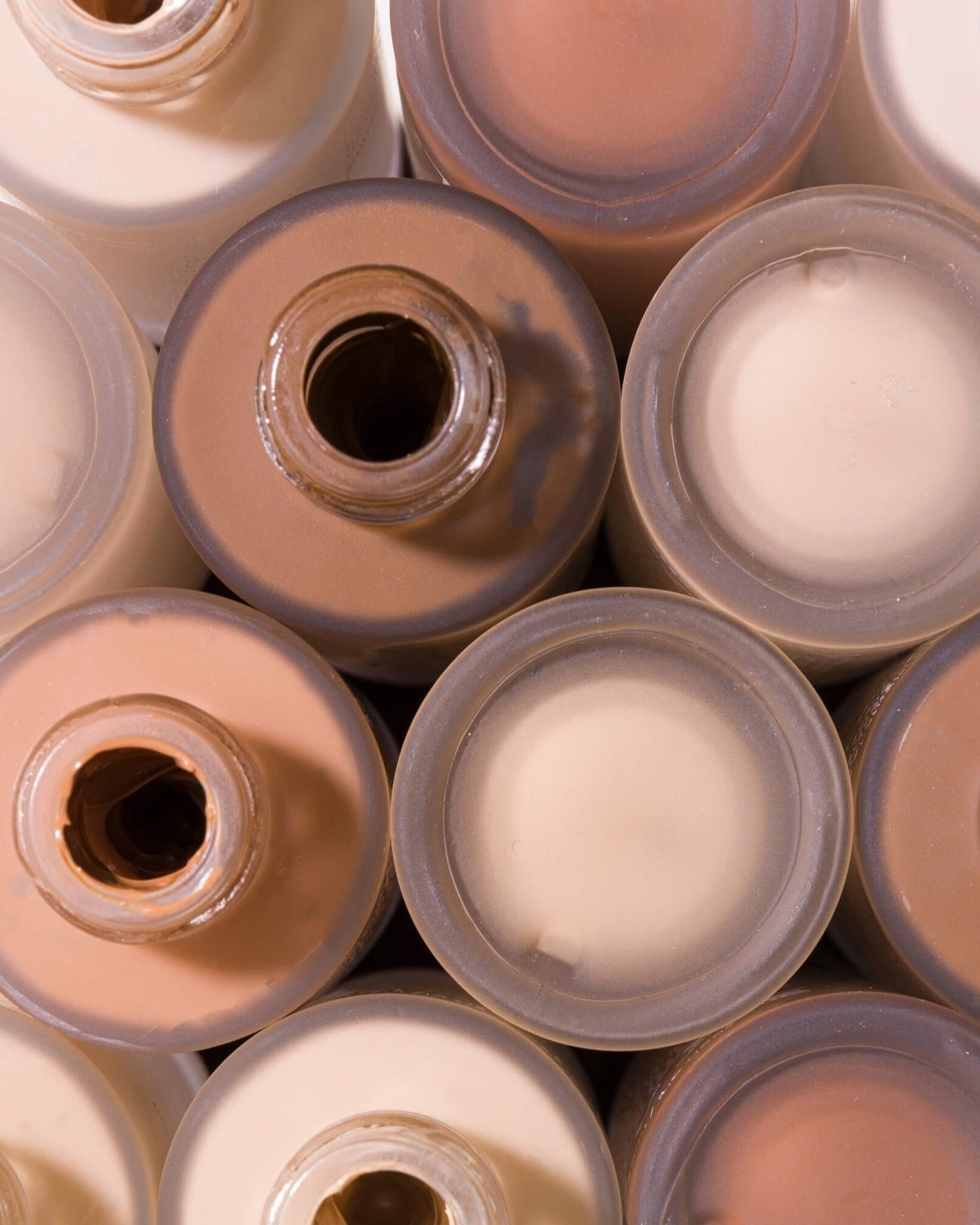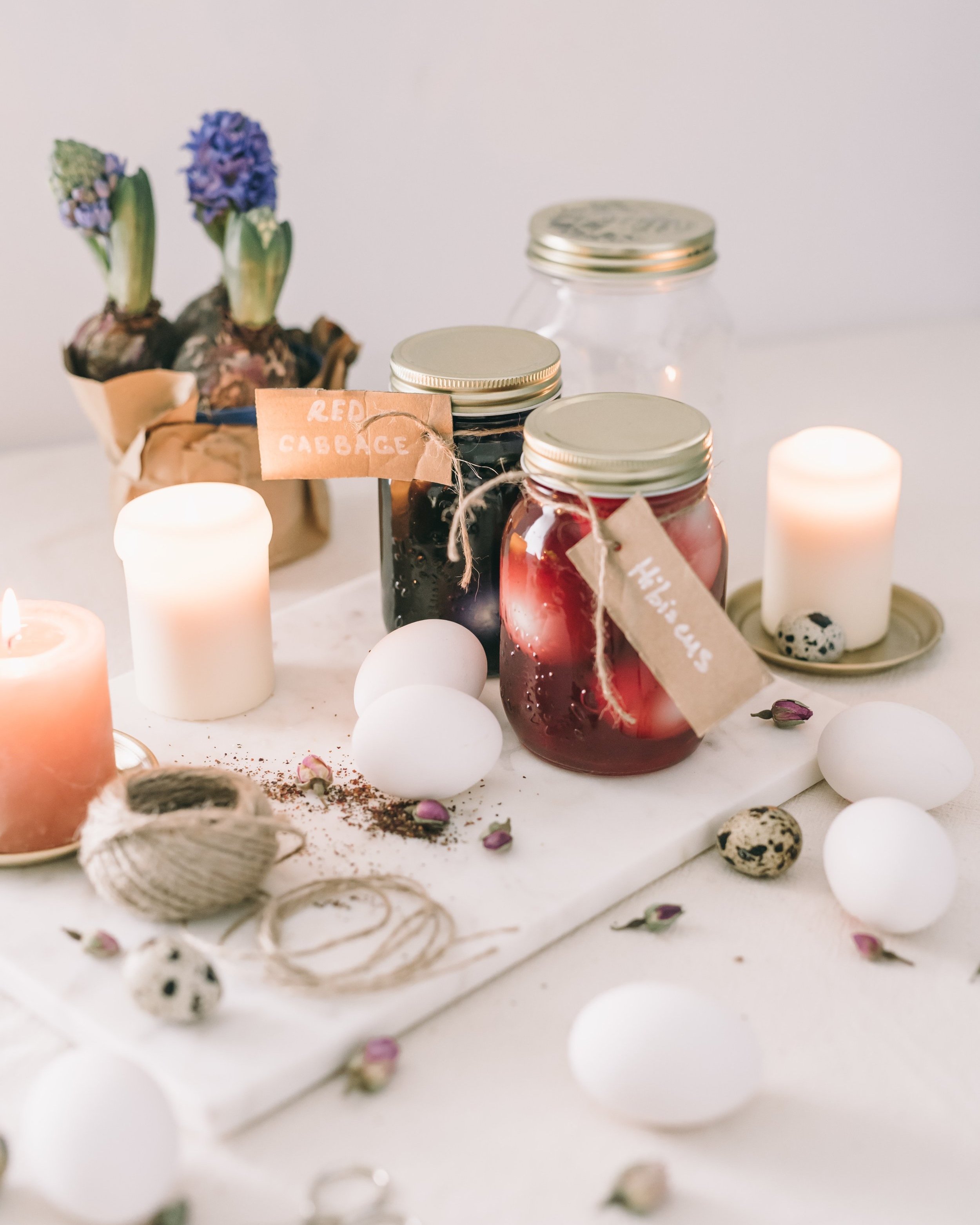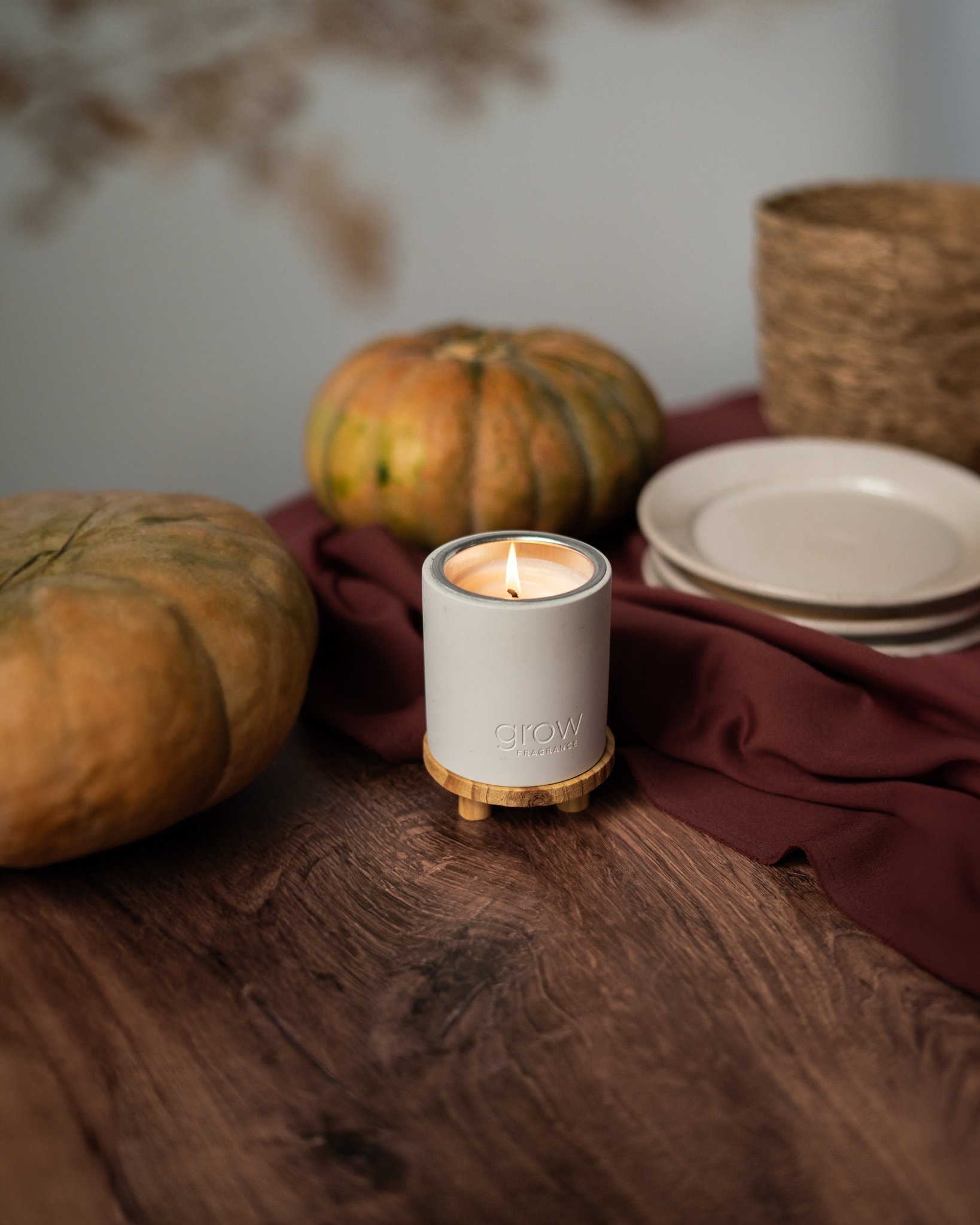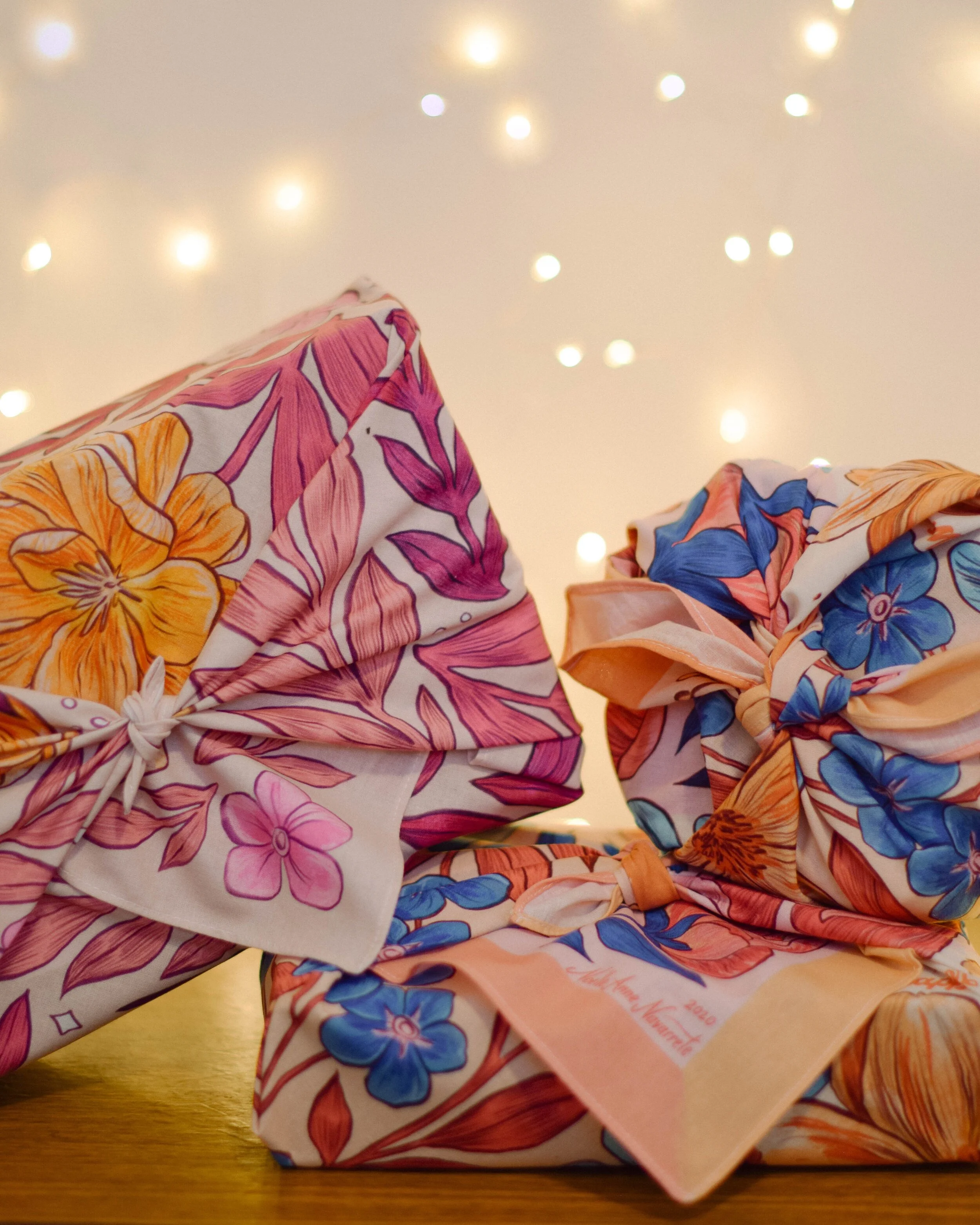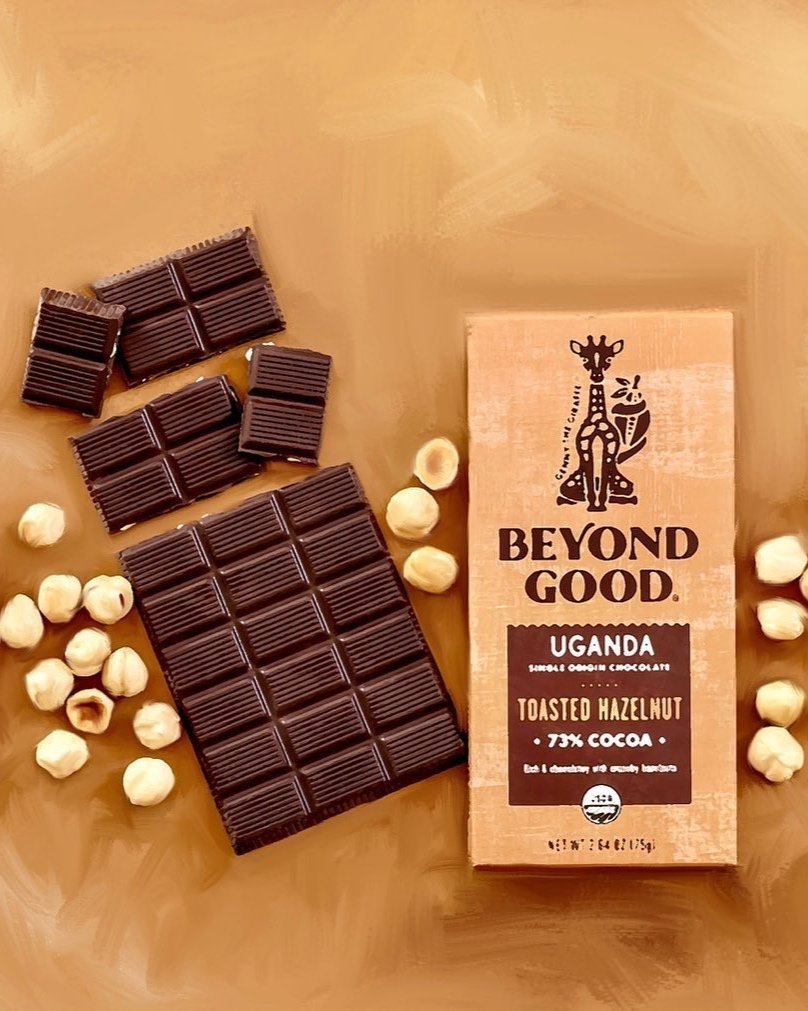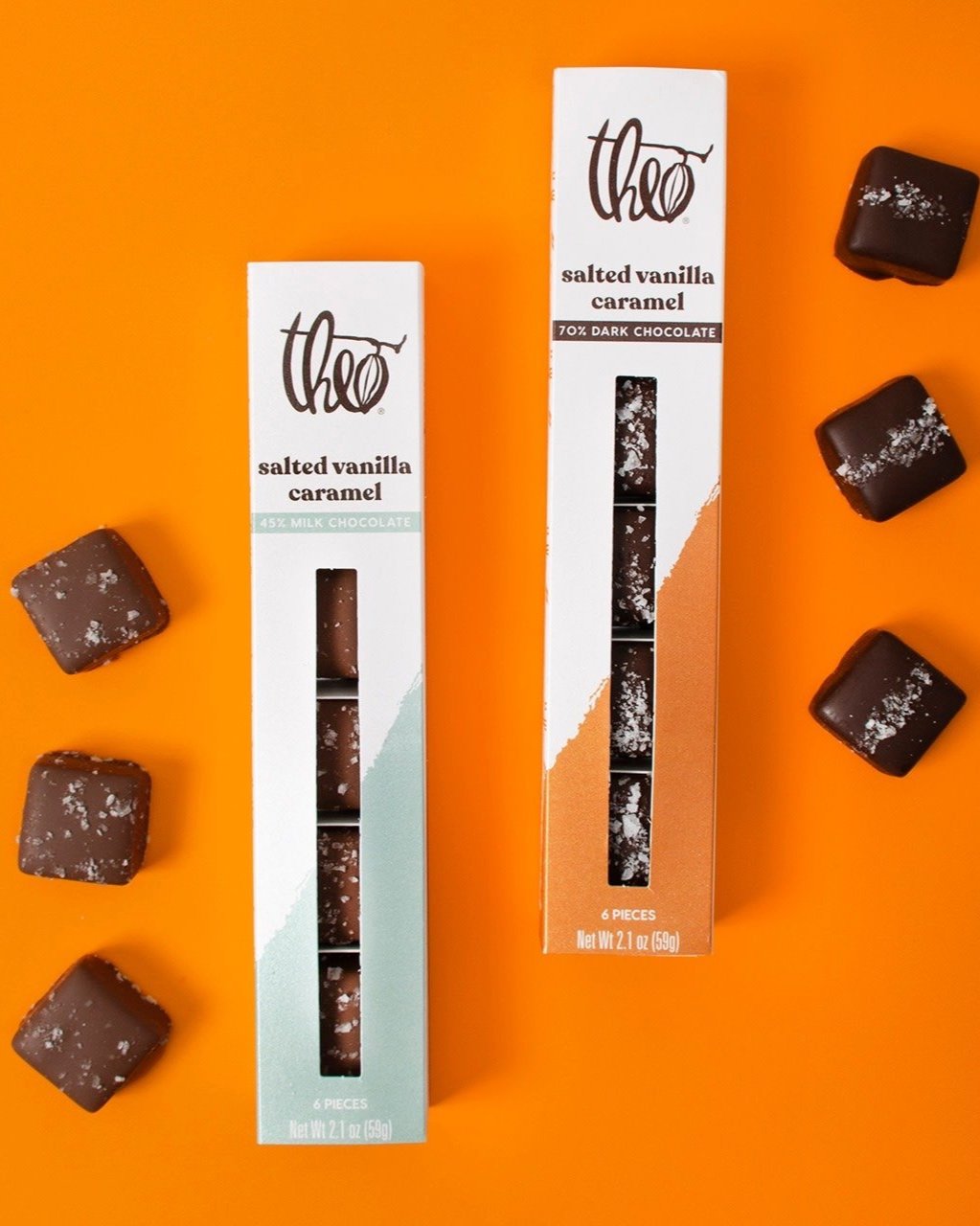
Who doesn’t love taking a vacation? Vacations give us a much-needed respite from our usual routine and everyday stressors. Unfortunately, it can be easy to make less than sustainable choices while on vacation without even realizing it. The tourism industry has become largely unsustainable, often having a negative effect on the people and places we visit. If you’re wondering how to be sustainable on vacation, then you’ve come to the right place.
Below, we’ll break down 10 easy ways to be a sustainable traveler so you can enjoy your vacation without having a negative impact.
What is sustainable travel?
Sustainable travel is traveling in a way that lessens your impact on the places you’re visiting. Sustainable travel aims to support both the people and environment of any given destination.
There are numerous ways you can be a more sustainable traveler, but it essentially means being conscious of your actions while on vacation. This can look like staying at an eco-friendly hotel or choosing to shop at a local, sustainable boutique.
Sustainable travel doesn’t need to be complicated. If you make sustainable choices in your everyday life, try to do the same while on vacation.
Why you should consider responsible travel:
With travel more accessible than ever, many popular tourist destinations have begun to pay the price, resulting in overtourism. Overtourism is when a place experiences too many tourists at once and has a harmful effect. This has become increasingly common, with many popular destinations experiencing rising prices, environmental damage, exploitative labor, and locals being pushed out.
When traveling, what we do matters. From the resources we consume, to the places we stay, to the tours we book, and the businesses we give our money to, each choice we make can either have a positive or negative effect on a place.
Choosing to be more sustainable on vacation ensures that the places we visit aren’t harmed or changed by tourism and can be enjoyed for years to come.

10 Easy Ways to Be Sustainable on Vacation:
1. Bring Reusable Items
One of the easiest ways to be more sustainable on vacation is to pack your reusable items. While traveling, reducing plastic consumption can become difficult. Whether you’re purchasing water bottles while sightseeing, or other plastic-wrapped, single-use items, this can add up on a trip.
A good rule of thumb while traveling is to pack any reusable items you use on a daily basis. This will cut down on your plastic consumption and help you travel more sustainably.
This may look like bringing a reusable water bottle and refilling it at your accommodation or restaurant. You could also use reusable containers as packing cubes and then use them to pack lunch on the road or pick up takeout.
2. Avoid Buying Travel-Size Items
Another easy way to be a more sustainable traveler is to resist buying travel-size items for your trip. While this feels more convenient and lessens your overall baggage weight, it’s generally a wasteful practice. Most travel-size items are packaged in plastic and will be disposed of by the end of your trip.
Instead, consider packing the full-size toiletries you use daily. If you need new items, purchase zero-waste toiletries. Shampoo, conditioner, and lotion all come in zero-waste bars now, which are perfect for traveling.
These bars can even be packed in your carry-on since they aren’t liquid. They also weigh less than liquid toiletries and don’t contain plastic.
3. Pack Sustainably
What we bring with us on vacation can either increase or decrease our carbon footprint, especially our microplastic pollution. Prioritize packing sustainable clothing, and toiletries as well as using eco-friendly luggage if you have it.
You don’t have to bring or buy an entirely sustainable wardrobe to make an impact, however. A little goes a long way. Consider what things you’ll wear the most, and prioritize sustainable options for those items.
For example, if you’re going on a beach vacation, your sustainable swimsuit will probably get the most use and have a greater impact. If you’re heading on a trek through the mountains, then sustainable activewear may be the most important item to pack.
Swapping just a few items for ones made from sustainable materials will still make a difference.
4. Choose Eco-Friendly Methods of Transportation
One of the best things about vacation is that transportation becomes a form of sightseeing. This means eco-friendly methods of transportation can actually be more fun. Walking throughout the city is not just sustainable; it’s a great way to get to know your surroundings.
Taking the train or bus is an easy way to hop around while lowering your carbon footprint and still soaking up your surroundings. If you’re short on time and need to take a car, choose locally-owned transportation companies or hire a local driver.
Unfortunately, flying is the least sustainable form of transport. It’s also a necessity to get to many destinations. If your schedule allows and you’re heading somewhere accessible by train, bus, or car, consider choosing those forms of transport over flying.
If you need to fly, most airlines now offer the opportunity to offset the emissions. Google Flights will even show which flight has the least amount of emissions, so you choose the more sustainable option when possible.
5. Support Local Businesses
One of my favorite ways to be sustainable on vacation is to support local businesses. Many travelers tend to shop, stay and eat at the same chain restaurants as they do at home. Not only does this not support the local economy, but it also prevents you from getting the true local experience while on vacation.
Prioritize stepping out of your comfort zone and instead choosing to support local businesses. Taste local food at family-owned restaurants or restaurants that use locally grown ingredients.
Buy your souvenirs from locally-owned storefronts. Check out handmade goods, sustainable local boutiques, or thrift shops.
6. Choose Locally-Owned, Sustainable Accommodation
When it comes to choosing where to stay on vacation, there are a few things to look for as a sustainable traveler.
Look for family-run, locally-owned accommodation. These will typically be boutique hotels, bed, and breakfasts, or guest houses. Avoid staying in chain hotels or resorts. These properties tend to contribute to gentrification and rising prices. They also typically don’t use sustainable business practices.
If you’re looking to stay in a rental property like Airbnb, try to book from a local host and avoid any properties that are run by third-party companies.
Lastly, look for an accommodation that implements eco-friendly practices, like sustainable bedding, water-saving showerheads, composting, or energy-efficient lighting.
Many booking platforms now allow you to filter by sustainable or eco-friendly properties. You can also use eco-friendly booking sites like Fairbnb to find sustainable accommodation.
Just make sure that the eco-friendly accommodation you’re considering is transparent about the sustainable measures they’re taking so you can avoid greenwashing.
7. Travel During Off-Season
When popular destinations get too many crowds during peak season, and none during the rest of the year, this causes instability for the locals that live there. Many businesses are forced to close during the off-season, which isn’t sustainable long-term. Plus, the cost of living may spike artificially during the high season, while crowds make it difficult for locals to go about their daily lives.
Choosing to travel during the off-season is a great way to be a more sustainable traveler.
Plus, it has numerous benefits: fewer crowds, cheaper prices, and a more local experience.
Research the high and low seasons of the destinations you want to visit and plan your vacation outside of peak season. This is one of the best ways to combat overtourism as it gives destinations a break during high season but consistent tourism dollars year-round.
8. Choose Locally-Run Tours
If you like to do tours while on vacation, try to choose sustainable, locally-led tours. In most popular destinations, there are large, chain, or internationally-owned tour companies. Many of these companies monopolize the tourism industry, easily getting the majority of customers by partnering with chain hotels or having kiosks at airports.
While it can be convenient to book with the first company you see, take the time to research your options.
Look for locally-led tour companies or tour guides, as well as sustainably run tours. This is especially important if you’re choosing an activity that involves interacting with the natural environment or animals.
If you’re traveling in a city, research free walking tours. Most major cities offer these, and they are led by local experts that are so passionate about their city they are willing to lead you around for free. These tours will give you local insight and (through your tips) support locals directly.
Lastly, if you have the option to work with a female tour guide, choose to do so. Female tour guides are largely underrepresented in the tourism industry.
9. Stay Longer
When traveling sustainably, consider the amount of time you’re staying in each destination. If you’re planning to hop to several different places in a short time frame, chances are, this isn’t very sustainable. When we travel this way, we tend to check off the most popular tourist attractions and do not have enough time to support local businesses.
If you’re able to stay longer, do so. This will allow you to have a more local experience, spend more money at local businesses, and lessen your carbon footprint by cutting down on the amount of transport you’re taking.
If you only have a few days for vacation, consider choosing one location over several. If you really want to hop around, choose places that are close together or that don’t require taking additional flights.
10. Be Mindful of Your Consumption
When we’re on vacation and not staying in our own homes, it can sometimes feel like a hall pass to do whatever we want. It may be tempting to take long baths in the hotel tub, get a fresh towel each day, or leave the AC and the lights on.
Unfortunately, what we consume on vacation still adds up. Choosing eco-friendly accommodations that take measures to conserve resources can be a great way to minimize your impact. Packing your reusable items will also help you cut down on waste.
Overall, try to be mindful of your consumption of resources like water, electricity, and plastic while on vacation.

About the Author
Alicia Briggs is a writer & editor specializing in slow travel & sustainable living. She has been a full-time traveler since 2018 and runs her own blog, Learning the Local Way, where she covers responsible travel tips and guides.
WANT to find SUSTAINABLE BRANDS? VISIT OUR BRAND DIRECTORY!
Our Brand Directory is home to hundreds of sustainable brands, from makeup to cleaning supplies, from underwear to shoes. We have broken everything down by category for easy shopping, along with discount codes unique to Sustainably Chic viewers.

